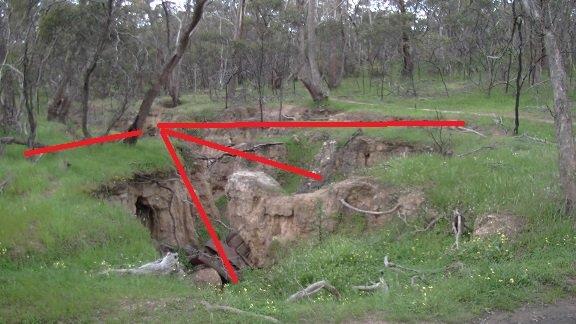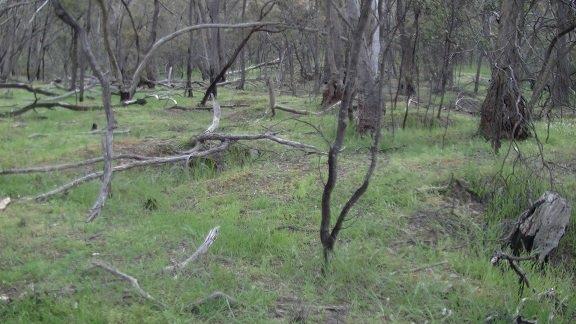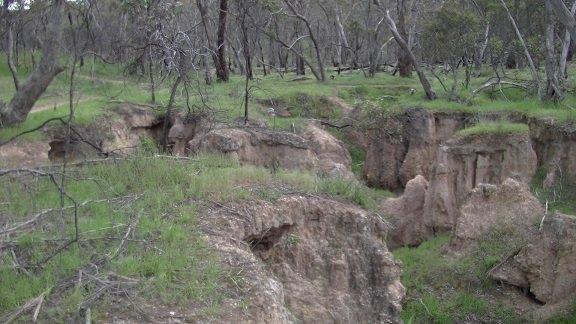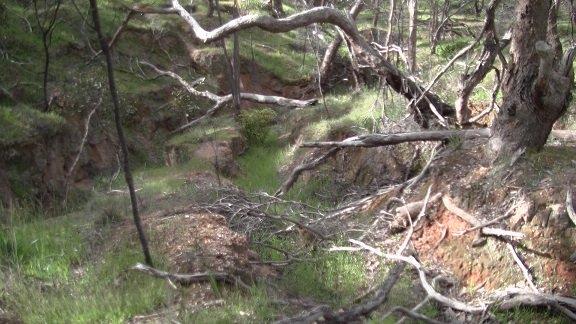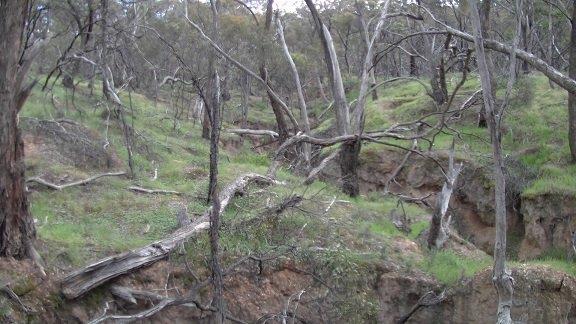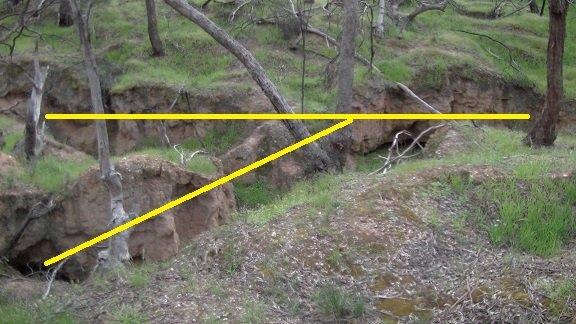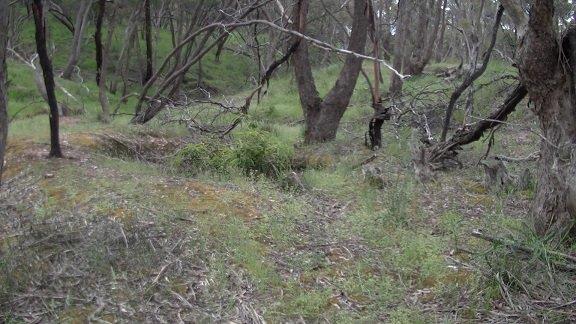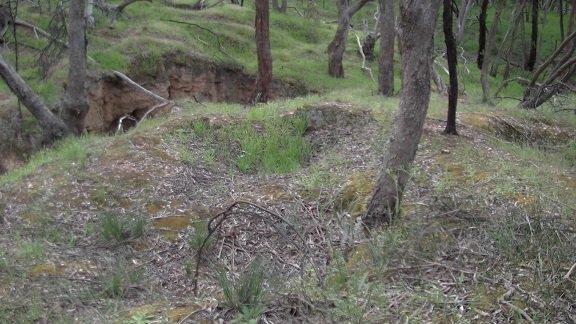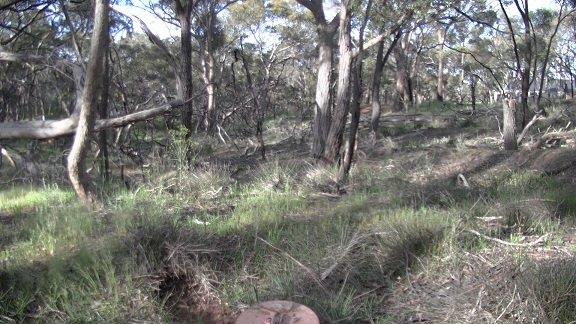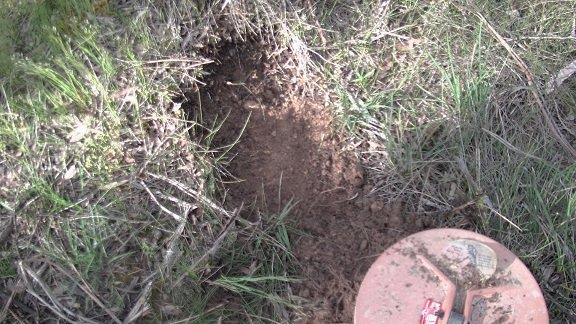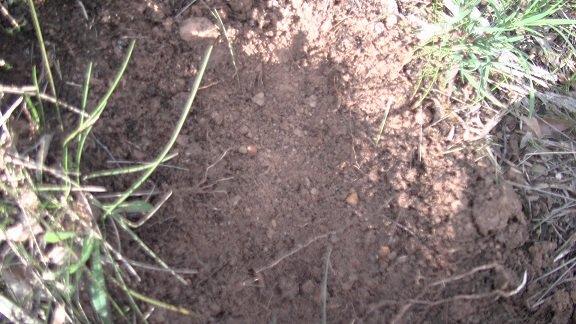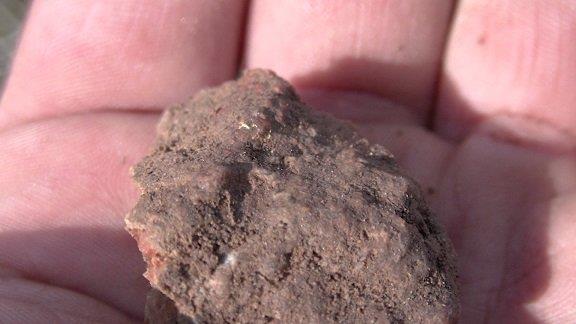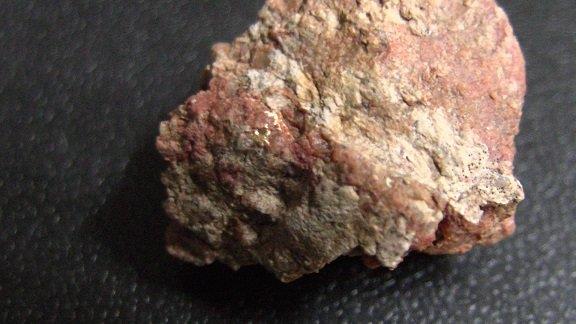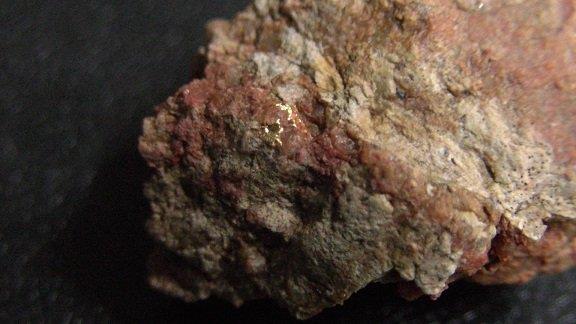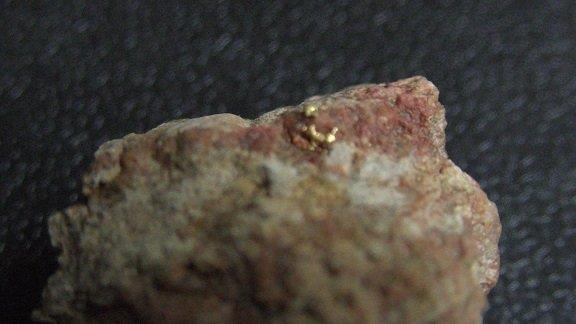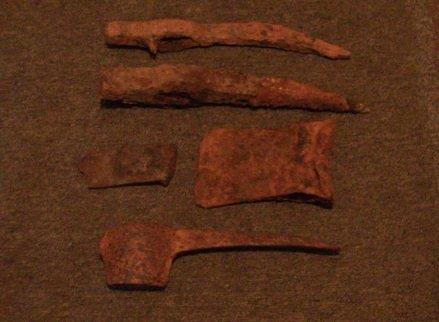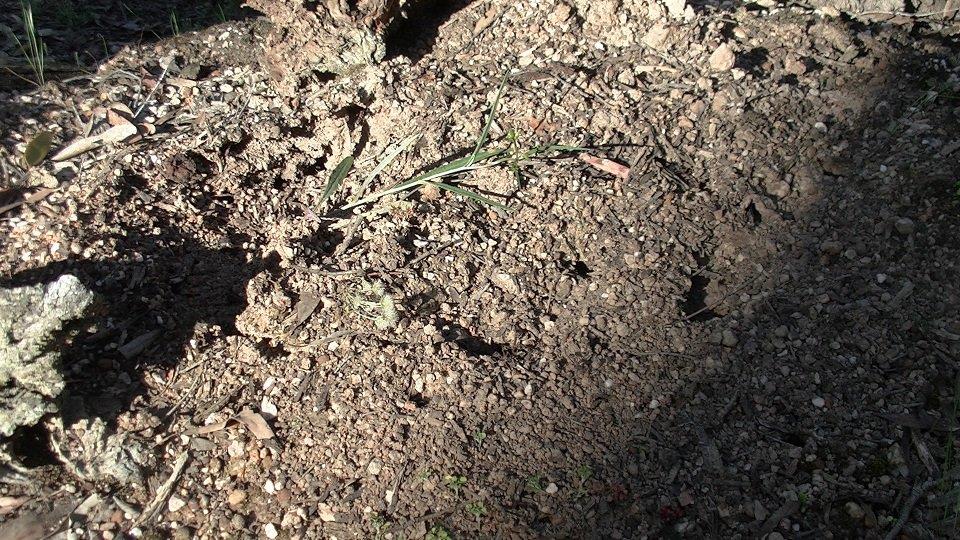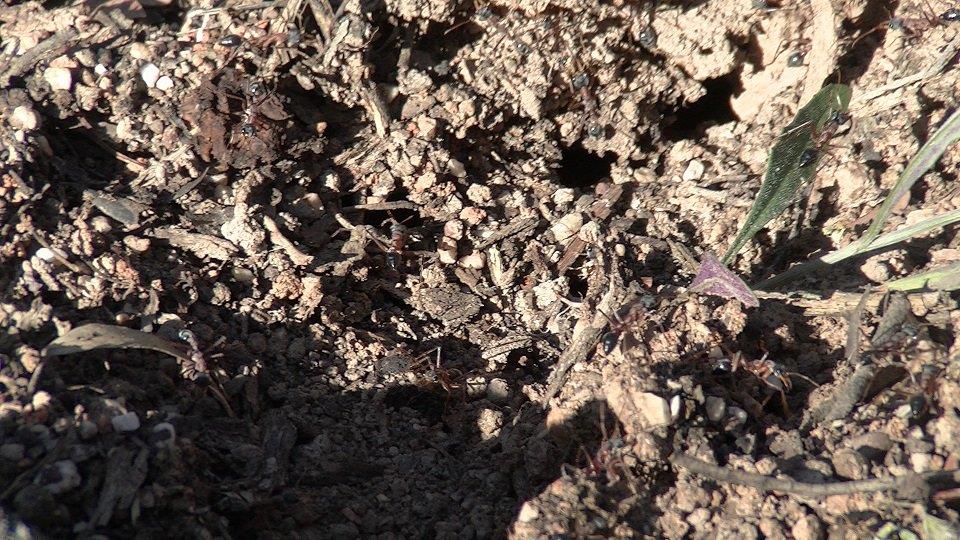aussiefarmer said:
Excellent information minelab gold very addictive reading.
When i am out detecting i usually spend all day trying to decipher what the old timers were up to and by the end of the day i all most have a head ache trying to nut it out.
Your posts have shone some light on some of it .
I really need to take some photos next time i go to my spot .
but the question i have today is about test holes 5 or 6 foot after the end of deep runs. The whole area was surfaced with several deep runs in it and at the end of each of these there is what i am guessing are test holes dug to the same depth as the deep trenches.
Are these to check what depth the pay is at ?
Or are they to double check if it has run out ?
Were they simply dug to stop water rushing down their workings ?
Is it worth digging the ground between them and the deep trench ?
The fact they are not joined to the trench inclines me to think they were double checking if the gold had run out but i am only guessing.
I hope that makes sense and if you can help make sense of it i will have another 20 questions for you :lol: , thanks.
Hi AussieFarmer,
Thats easy to understand - we like to put ourselves in their shoes all the time, many people who arent related to previous generations of miners can only go off literature documented, reading articles published from descendants or even looking at images of the old days and how they ran their operations - many people look at the grounds in different ways.
Depending on the grounds the gold could have been covered by basalts sediments etc - and they would simply test by digging holes to the rock bottom or auriferous wash on hard bottom not necessarily rock. Or they may have seen the gold sitting on the surface abundant like quartz many instances are different but most times it would be see an indication, dig, test
Working their way down the incline or central or even at the bottom upwards then they would simply dig and follow the gold until it wasnt rich paydirt or completely ran out - if their main concentration was lets say 1foot wide of rich alluvial they wouldnt dig only a 2 foot gully/lead they would make sure they have it covered by digging an extra 3 foot each way and the ends of these leads they would continue great distances to ensure that the ground didnt sweep upwards then back down into another rich hole.
At the start or end of a lead - this isnt the exact point the gold ran out they may have continued upwards in the gully and downwards in serveral directions based on the classification of the wash dirt they were chasing - and they may have found the gold in the central point and worked both ways - you will often see a lead going in one direction then branches out and stops these off shoots were again a concentration of heavies on a hard bottom trapped because the hard bottom slightly undulated - test holes to the sides were to see if there was any undulation on the rock bottom causing the gold to get trapped again in another off shoot or pocket.
During the main gold rush days many miners were trying to catch the lead and they trailed the sides anywhere from a few holes along the sides to 100's of holes spanning 100mtrs outwards from the sides of the main gully - again it comes down to the incline - degree of angle of the slopes or grounds - shallow undulation incline gold spread out more - steep incline gully - gold was more concentrated
The extra test holes top and bottom were also a test to see if the gold started and stopped due to the depth of the bottom - again the miners knew about these undulation - much like a sluice the dirt material comes down washes the light off and it keeps going and the gold gets trapped in undulated area's or riffles or cracks crevices etc etc
You may even see gullies/leads with lets say majority of test holes in a tight area then all the way along a lead the numbers of test holes are reduced considerably this is usually the starting point of the gold finds and many test holes to ensure the gold isnt running away in many directions so they could ensure they were following the richest lead.
Test holes along the sides of gullies depending on how many there are, size and type will often let you see what period the miners were their, remember the mid 1800's was the major gold rush days and many came back to the fields for many years pre war and post war to again work the grounds. This was due to these time events and also some major gold rush towns diminished as a new massive rush started - weather was also a major factor in mines closing down due to the water tables rising and filling in the lower parts of the mines.
You will also notice that test holes along the sides are generally staggered - this was for safety as well - in mining terms or geology terms dont remove the keystone - this makes for a more structurally sound area to work. And makes sense to find gold why stay in a straight line staggering is more efficient covering the full line beside the lead.
Are these to check what depth the pay is at ? Loaming, Test Holes, Find Gold. Follow the Gold, Dig the lead out until it runs out see if it changes direction, and yes most definitely the most important part of test holes was to find color and find the bottom with the auriferous wash - many mushroomed their holes because so much work and the advantage of this wash the paydirt or wash material was easier to get to - some actually followed the rich material from a simple test hole much like an adit in the bottom of a test hole or a drive off a shaft - as long as they had hard material above them - Modern Day Detector Operators, Loam to some degree, Find Target, Dig Target, Find Gold, Try to establish origin, follow gold, Runs out same same only disadvantage we have is depth but a better advantage is even if we dig test holes we can use a detector on the dirt rather than hours panning or processing the dirt.
Or are they to double check if it has run out ? All grounds can be different again depending on the gully and incline or depth - majority of sediments and light material covered the heavy wash over millions of years the reason test holes get shallower top and sides is because the grounds shallow out as you get higher - looking for dips or undulated area's in these leads can be great where it shallows out. If you study the size and type of test hole this will help you distinguish if these test holes were during the period of the worked gully or if it was several years after - miners returning to what was once rich to maybe find an off shoot they missed.
Were they simply dug to stop water rushing down their workings ? Generally miners wouldnt dig a large 3x3 or 6x6 test hole to catch water so close to their gold lead - they would rather divert the water away with channels, water race type and direct it into a catchment or an area well away from the gully so it wouldnt cause the sides to collapse.
Is it worth digging the ground between them and the deep trench? I always look at the theory that if it is gold bearing ground then there could be gold wedged away in a little hard spot or pocket anywhere in the area. All's it takes is for the hard material underneath to have an area that has caught gold it could be a simple little pocket of the side of the original ancient creek that has caught Oz of alluvial gold and never found it's way out because of hard pocket and covered by sediment.
What I always keep in mind is 2 different nuggets found Welcome Stranger and Welcome Nugget - Welcome Stranger 3cm from surface arguably exposed 3500+ounces, Welcome Nugget 180feet deep 2217 ounces
Hopefully this helps some
....There was a moment of self abuse for not taking snaps of the thread.....then I spotted it on the Sticky column!
Yes! Snaps taken now!
Thanks again




